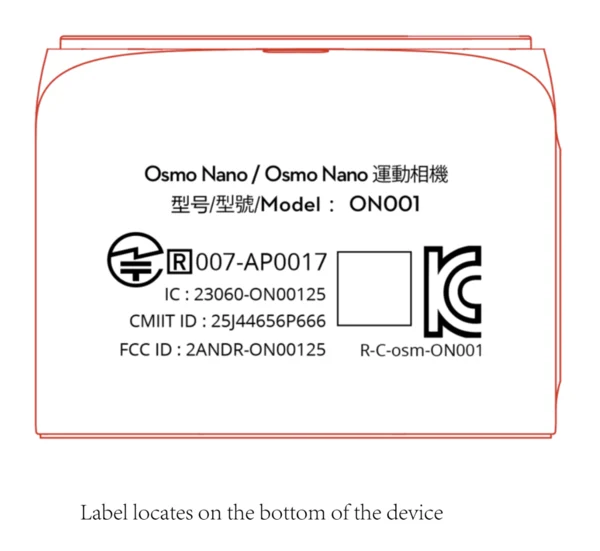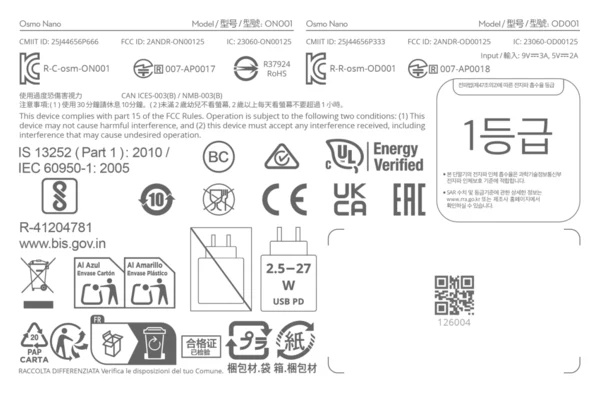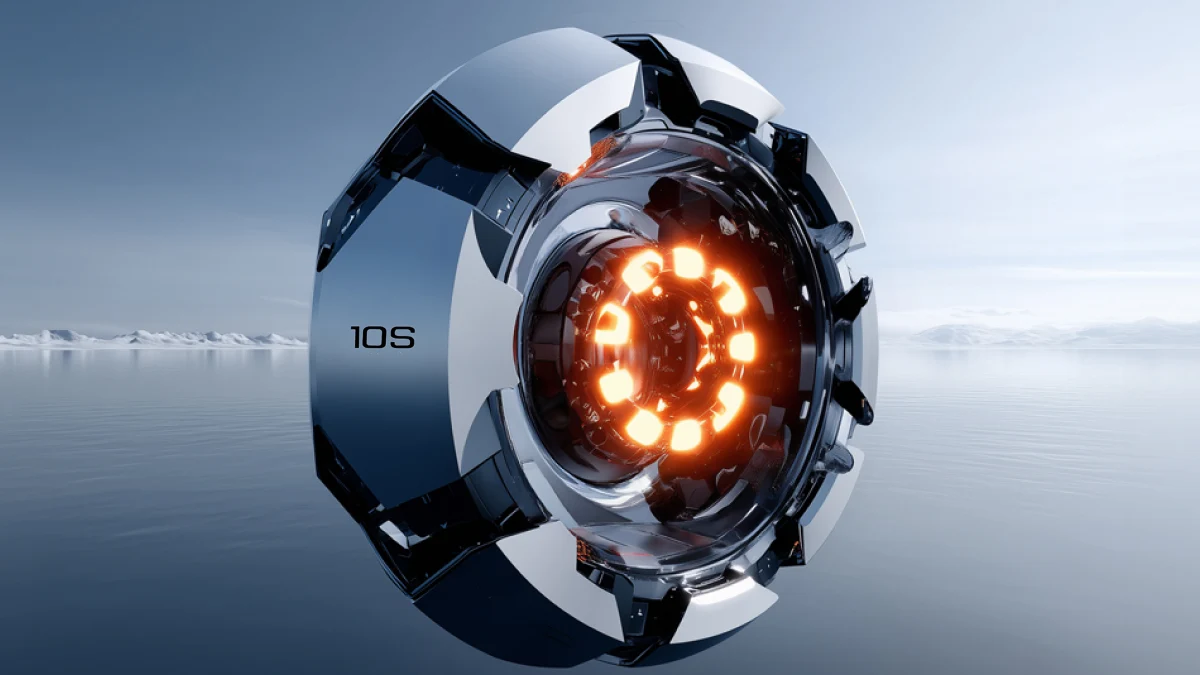Key Takeaways
1. The Doogee Note 59 Pro+ is priced at $319 but can be purchased for $249 with a $70 launch coupon on Amazon.
2. It features an Unisoc T8200 SoC with 8 cores, 12GB of RAM, and 512GB of internal storage, expandable via microSD (sacrificing one SIM slot).
3. The phone has a 6.75-inch display with a 120Hz refresh rate and a resolution of 720 x 1600 pixels, but lower brightness and contrast compared to AMOLED screens.
4. The primary camera is 50 megapixels, and there is an 8-megapixel front camera for selfies and face unlock, alongside a fingerprint sensor.
5. Key features include NFC for contactless payments, support for multiple GNSS systems, a weight of about 7 oz, thickness of 0.34 inches, and a 6,250mAh battery with 18W charging speed.
Doogee is mainly recognized for its tough devices, yet it also has a selection of regular smartphones. The Note 59 Pro+ fits into this group and is a well-rounded phone that can be found on Amazon for $319. However, with a $70 launch coupon, the price drops to $249. It’s important to note that this phone is sold by a third-party seller, but Amazon manages the shipping process.
Specifications Overview
When it comes to specs, this smartphone features an Unisoc T8200 SoC that has eight cores along with a 5G modem. It comes with 12GB of RAM and 512GB of internal storage, which should be plenty for many apps, photos, and videos. Users can expand the storage through a microSD card, but they must give up one of the two SIM card slots. The phone comes with Android 15 pre-installed, but Doogee’s software update support isn’t particularly impressive, so don’t expect frequent updates.
Display and Cameras
The device sports a 6.75-inch display that boasts a 120Hz refresh rate and a resolution of 720 x 1600 pixels. Despite these features, the IPS screen only reaches a brightness of 450 nits and offers a contrast ratio that’s not as striking as the popular AMOLED screens. On the imaging front, the primary camera has a 50-megapixel resolution, while the front-facing camera is 8 megapixels. Users can utilize the selfie camera for face unlock, but there’s also a fingerprint sensor for an alternative biometric unlocking method.
Additional Features
The Note 59 Pro Plus is equipped with NFC capabilities for contactless payments, and its GNSS module supports GPS, Glonass, and Galileo systems. There’s also a built-in compass, which can be useful for navigation purposes. Doogee claims that the Note 59 Pro+ has a weight of approximately 7 oz and a thickness of 0.34 inches. Finally, it features a sizable 6,250mAh battery; however, it only supports charging speeds of up to 18 watts, which is considered slow by today’s standards.
Source:
Link















